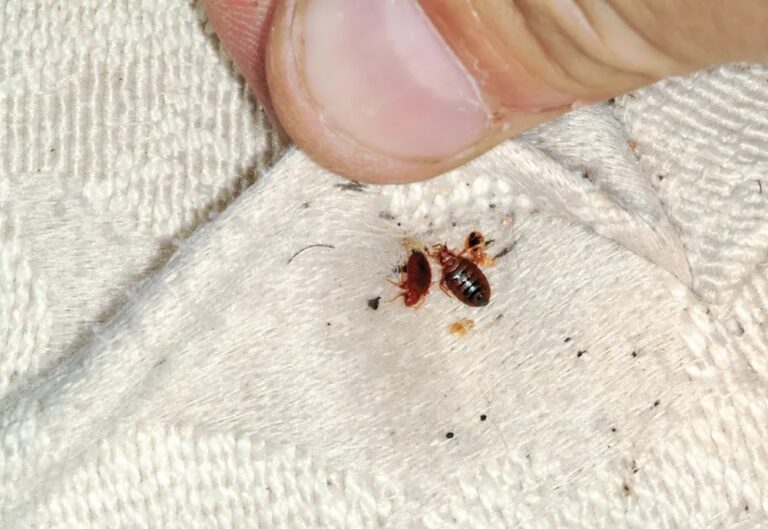Bed bugs have become a common problem for Maryland residents, especially in urban areas. These small, reddish-brown insects feed on human blood and can cause itchy, irritating bites. If you’re dealing with a bed bug infestation, you need an effective battle plan to eliminate and prevent these pests from returning. This article will explore some effective Maryland bed bug control strategies to help you fight these pests.
Understand the Problem
The first step is understanding the problem you’re facing. Bed bugs are small and flat, and can hide in the tiniest cracks and crevices. They can also survive for several months without feeding, making them difficult to eradicate. Infested furniture, luggage, or clothing usually introduce bed bugs into a home. Once they’ve made their way into your home, they can quickly spread to other areas, making it challenging to contain the infestation.
Identify the Infestation
You must confirm the infestation before taking action. Look for signs of bed bugs, such as small blood stains on sheets, rusty spots on mattresses, and tiny white eggs or shed skins. You may also notice a sweet, musty odor that bed bugs emit.
Preparation is Key
Before you begin any treatment, it’s essential to prepare your home. Remove clutter from the infested room and wash all bedding, clothing, and other washable items in hot water. Dry them on the highest setting for at least 30 minutes. Bag and seal all non-washable items in plastic bags, such as stuffed animals and shoes, and leave them for several weeks to ensure any bed bugs are killed. Vacuum the infested area thoroughly, paying close attention to cracks and crevices. Dispose of the contents in a sealed bag immediately.
Treatment Options Used by Professionals
Several treatment options are available to combat bed bugs, including chemical and non-chemical methods. Here are some effective strategies used by Maryland bed bug control professionals:
- Heat Treatment: Bed bugs can’t survive in extreme temperatures, so heat treatment kills them. This involves heating the infested area to 120-140 degrees Fahrenheit for several hours. This treatment can be done with specialized equipment and should only be performed by trained professionals.
- Insecticides: Chemical sprays can effectively kill bed bugs, but they should be used with caution. Follow the label instructions carefully, and only use products that are specifically labeled for bed bugs. Always wear protective clothing and make sure the room is well-ventilated during treatment.
- Steam Treatment: Steam treatment is an effective, non-chemical method for killing bed bugs. It uses a steam cleaner to heat the infested area, killing bed bugs and their eggs. This treatment should be done cautiously, as high temperatures can cause burns.
Preventive Measures
Once you’ve eliminated bed bugs, it’s essential to take preventive measures to keep them from returning. Here are some tips to keep in mind:
- Inspect Second Hand Items: Before bringing any used furniture or clothing into your home, inspect it carefully for signs of bed bugs.
- Reduce Clutter: Clutter provides bed bugs with more hiding places, making eliminating them more challenging. Keep your home clean and free of clutter to make it easier to detect bed bugs.
- Use Protective Covers: Encase your mattress and box spring in protective covers to prevent bed bugs from infesting.
- Be Vigilant: Regularly inspect your home for signs of bed bugs, and take action immediately if you suspect an infestation.
Conclusion
In conclusion, bed bug infestations can be a challenging and frustrating problem to deal with, but with the right battle plan, it is possible to terminate them from your home. Understanding the problem, identifying the infestation, and preparing your home before starting any treatment is crucial. Maryland pest control professionals use various treatment options, including heat treatment, insecticides, and steam treatment, to combat bed bugs effectively. However, preventive measures are equally important. By being vigilant and taking the necessary steps, you can keep your home bed bug-free and enjoy a peaceful sleep.


Comments are closed.